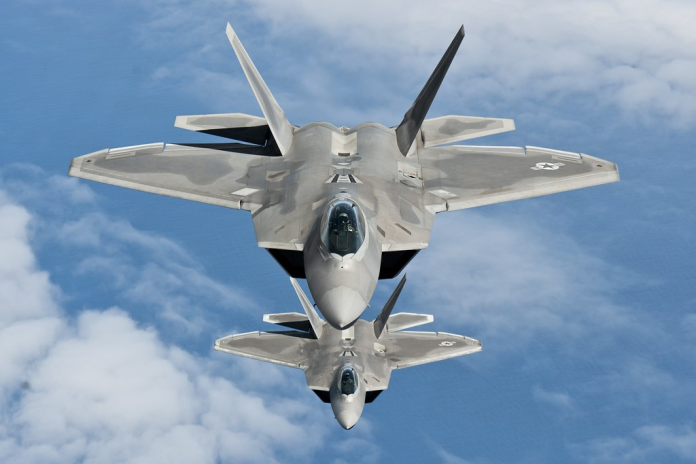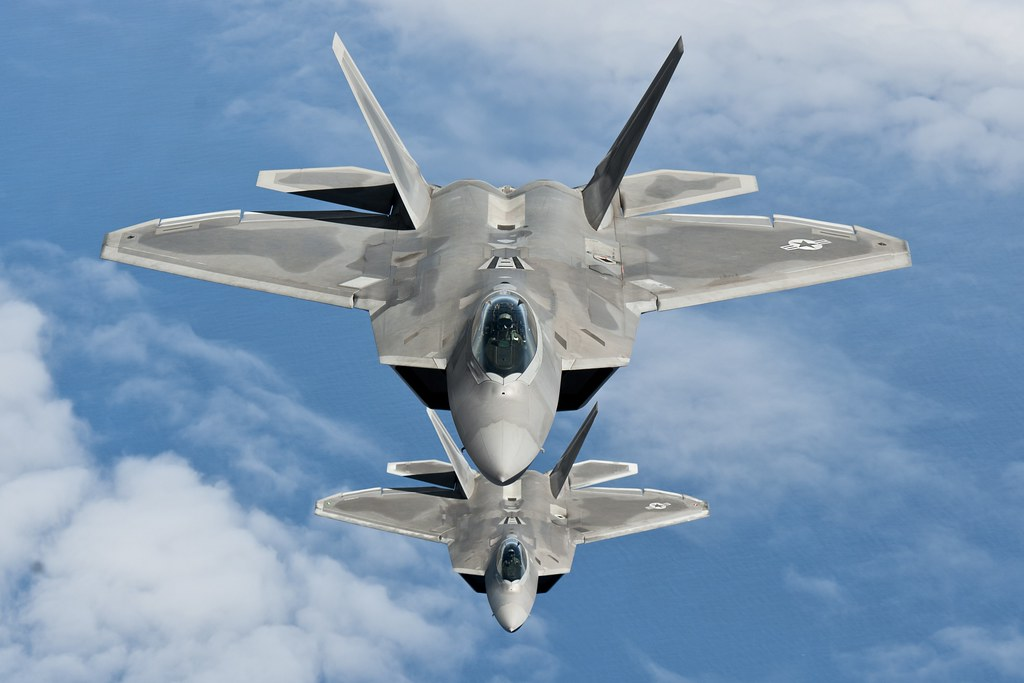
The decision to stop F-22 Raptor production at less than 200 aircraft has been one of the most closely watched procurement decisions in recent U.S. military history. As now-retired Air Force Chief of Staff Gen. Michael Moseley once noted, “Find me an airplane out there right now that costs $85 million and has that capability.” The Raptor’s unparalleled performance was never an issue what went wrong was the alignment of cost control, strategic vision, and industrial planning.
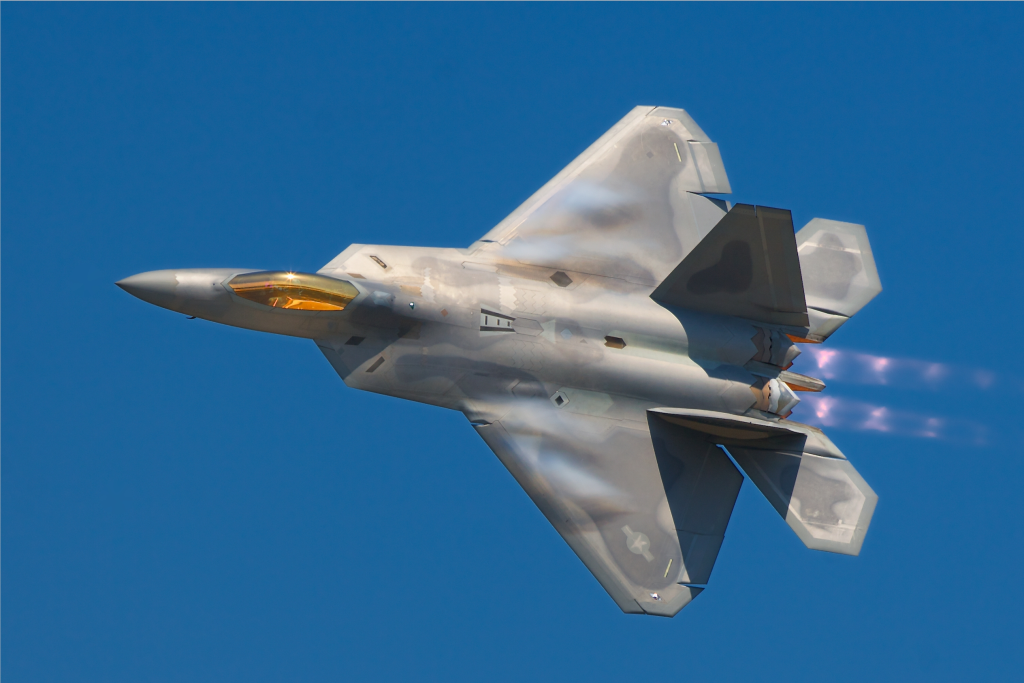
1. Cold War Aspiration to Post-9/11 Retrenchment
Developed first in the 1980s Advanced Tactical Fighter program, the F-22 was intended to dominate defended air space against peer competitors. The planners had in mind 700 to 750 jets to provide air superiority over Europe or Asia in the case of simultaneous large-scale wars. That desire mirrored Cold War threat assumptions, in which sortie rates against heavy air defenses required both technological advantage and sheer numbers. The collapse of the Soviet Union changed American defense priorities, however, to focus on expeditionary missions to Iraq and Afghanistan, lowering the apparent need for a huge Raptor fleet.

2. Engineering the Stealth Advantage
The survivability of the F-22 depends on its very low radar cross-section, due to faceted shaping, internal weapons bays, and radar-absorbent coatings. AN/APG-77 radar is in low probability of intercept mode, reducing emissions detectable by enemy sensors. Supercruise capability provides sustained supersonic flight without afterburners, reducing missile engagement envelopes. Integrated avionics and sensor fusion systems merge radar, electronic warfare, and infrared tracking into one battlespace picture capabilities unmatched by any known fighter in operational service.
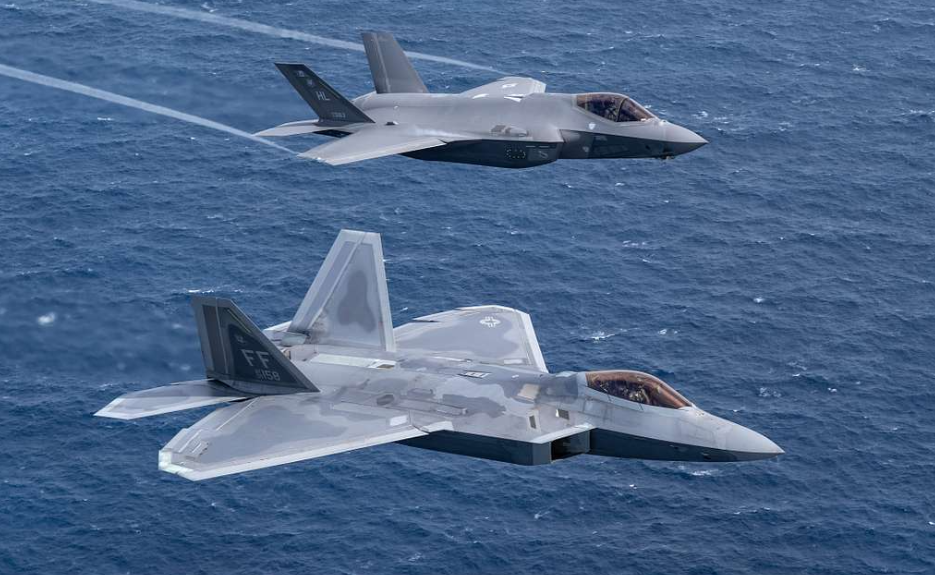
3. The Ban on Export and Lost Economies of Scale
Since FY 1998, federal law banned the sale or licensing of the F-22 to foreign governments. This protected sensitive stealth and sensor technologies but foreclosed possible foreign orders from allied nations like Japan, Australia, and Israel. Without exports, the program never realized economies of scale, leaving per-unit prices high and sustainment costs steep. As Dr. Andrew Latham explained, the prohibition “sacrificed economies of scale that could have reduced unit costs, maintained the production line open, and assisted in maintaining the larger defense-industrial base.”
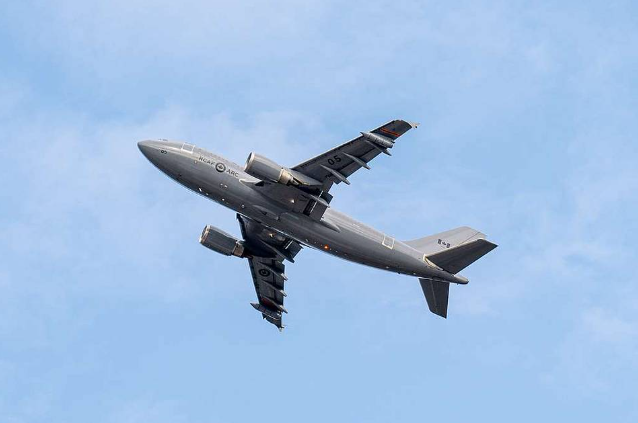
4. Cost Escalation and Congressional Limits
Total program expense at the end of production came to about $67.2 billion, equating to some $350 million per plane when spread over the tiny fleet. The 2017 Air Force study approximated $50 billion to produce 194 additional Raptors, with $10 billion in restart expenses alone. Congress applied a $40.9 billion price cap and, during 2009–2010, cut funding for additional purchases. The consequence was a truncated force 186 operational aircraft that fixed high sustainment expenses with limited vendor support and specialized maintenance demands for low-observable coatings.
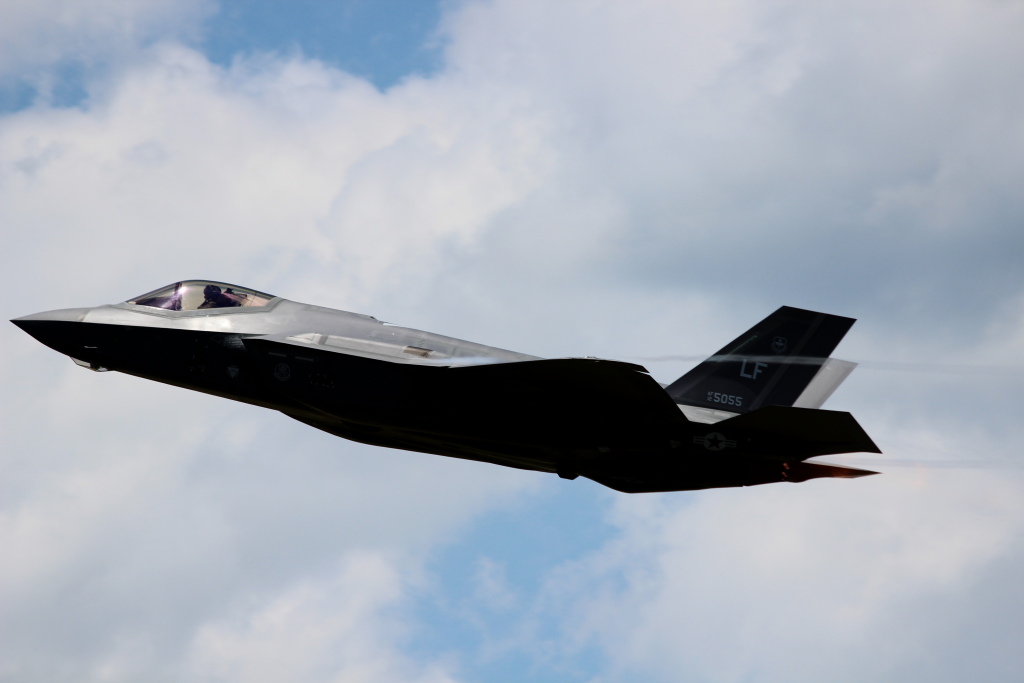
5. Industrial Challenges in a Restart Scenario
In 2016, a restart feasibility study indicated that although 95 percent of the tooling for production had survived, facilities had been utilized for other programs such as the F-35. Key subsystems like the AN/APG-77 radar and F119 engine were no longer being produced, necessitating redesigns. The study estimated $9.869 billion in non-recurring expenses, such as requalifying suppliers and software modifications. Rigorous competition for resources from the F-35 program further reduced the chances for restart.
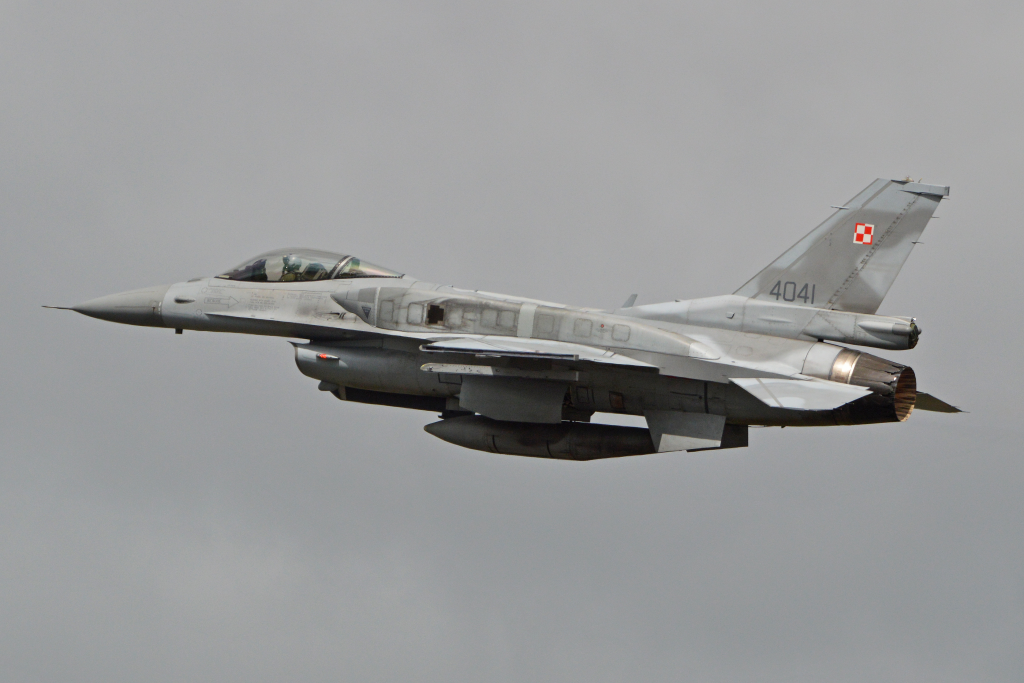
6. Operational Stress on a Small Fleet
The number of aircraft in the fleet has operational implications. The Air Force’s 32 Block 20 Raptors, reserved for training and testing purposes, account for almost a fifth of the inventory. The Government Accountability Office estimates that phasing them out might compel combat-coded Block 30/35 planes to become trainers, decreasing mission availability. This stress is compounded by the maintenance intensity of the Raptor flying hours cost more than $68,000, more than twice the F-16C.
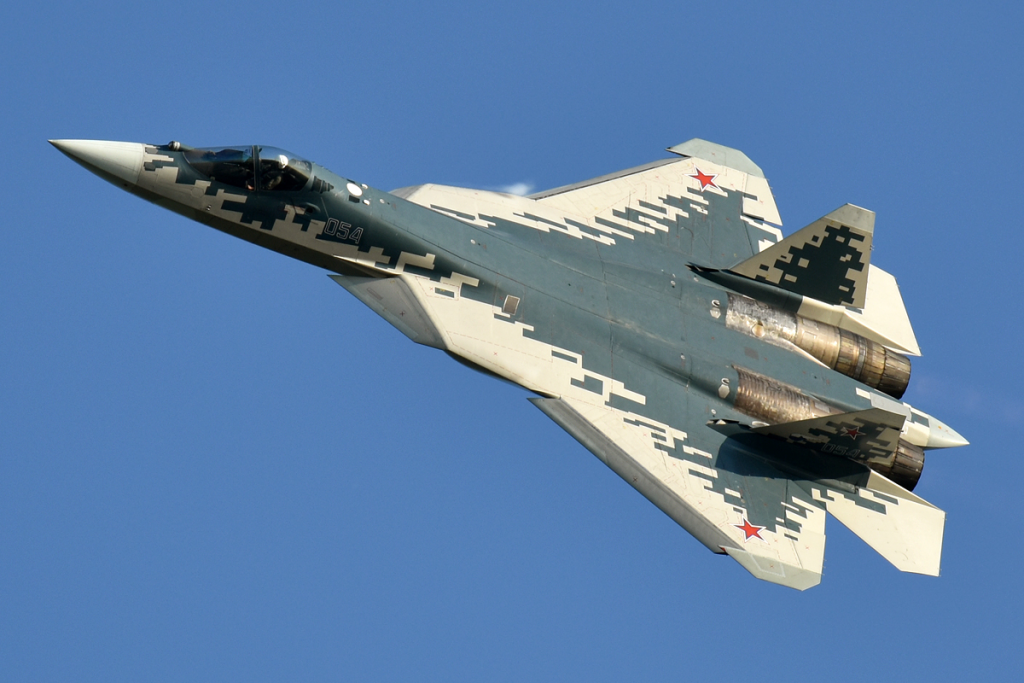
7. Strategic Implications for Allied Airpower
The lack of F-22s in allied inventories has made partners dependent on the multirole F-35, a flexible but not singularly dominant air-to-air platform. China’s J-20 and Russia’s Su-57 now contest regional air supremacy, eliciting independent fighter programs like Europe’s FCAS and the UK-Japan-Italy GCAP. These efforts diversify capabilities but splinter interoperability, which joint F-22 operations could have alleviated.
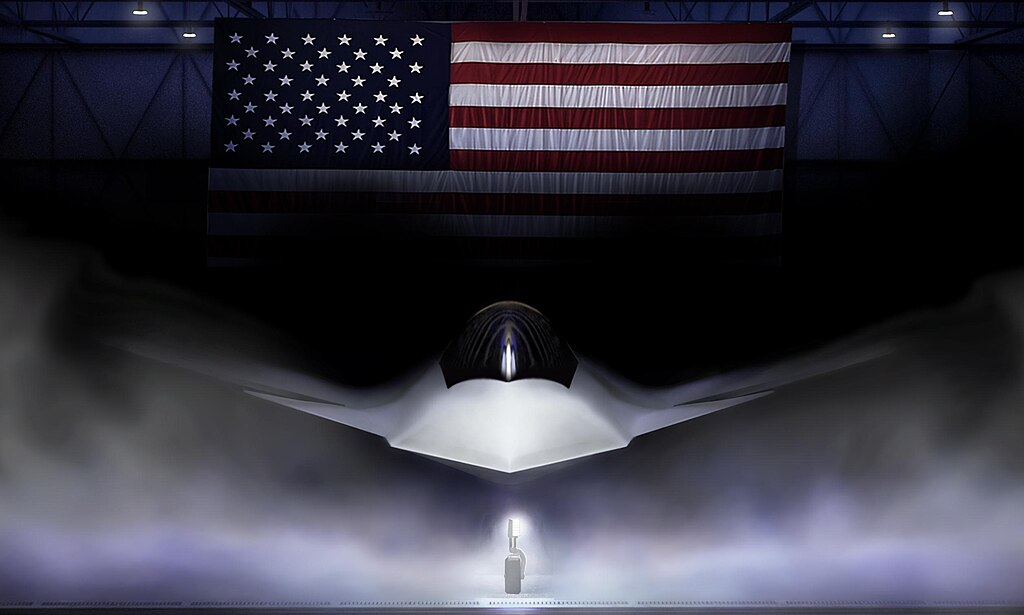
8. Transition to Next Generation Air Dominance
The F-22 will not be kept in service by the Air Force past perhaps 2030, instead concentrating on the Next Generation Air Dominance (NGAD) program. NGAD plans for a sixth-generation manned fighter coupled with hundreds of Collaborative Combat Aircraft autonomous drones, smart sensors, and adaptive propulsion. Budget constraints are however causing doubts as to whether NGAD is going to make it in time before the Raptor retirement would create a capability gap in high-end air superiority.
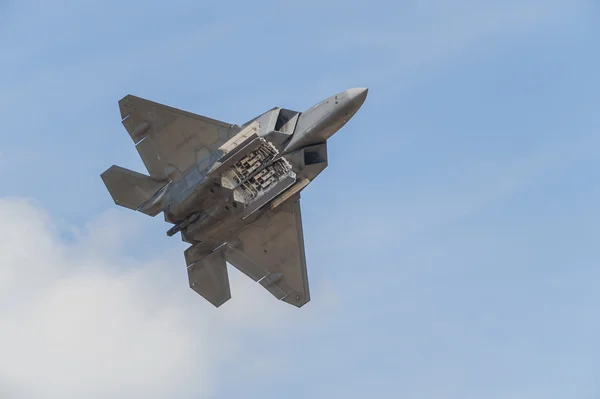
The F-22 is still the benchmark for stealth air superiority, but its truncated production is a culmination of engineering, policy, and strategic mismatch. To quote one congressional analysis, the plane “didn’t fail its world changed before mass fielding could occur.”
